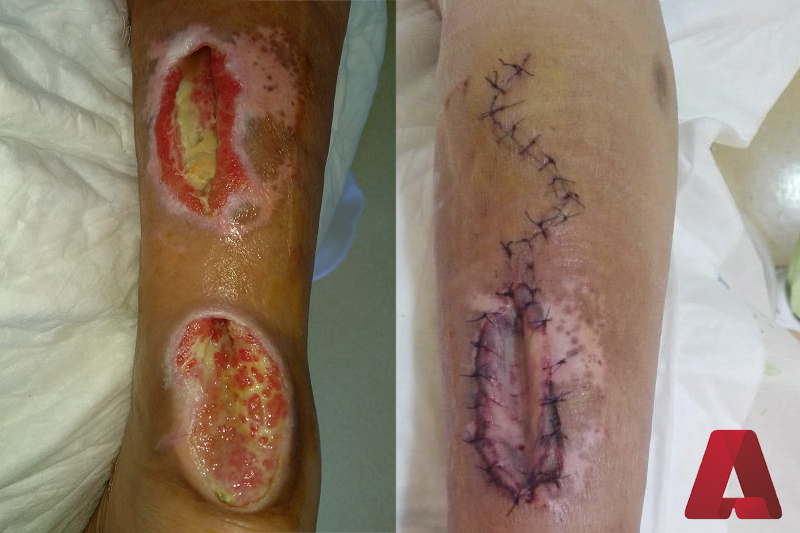Ateroskleroz

Ateroskleroz - arteriya intimasında plazma mənşəli aterogenik lipoproteinlərin toplanması nəticəsində yaranan iltihabi-fibroproliferativ prosesdir. Ateroskleroz ateromalar və ya ateromatoz və ya fibroz-yağlı lövhələr damar mənfəzinə doğru qabaran və mənfəzi daraldan, tunica medianı zəiflədən və ciddi ağırlaşmalar törədə bilən intimal zədələnmələrlə xarakterikdir. Damar divarlarında əsasən xolestrinin yığılması ən geniş yayılmış patologiyanın – ateroskleroz xəstəliyinin əmələ gəlməsinə səbəb olur. Birləşdirici toxumalarının ətrafında xüsusi lipid lövhələri yaranır. Bunun da nəticəsində damarda zədələnmə baş verir. Damarlar elastikliyini itirir, bərkiyir və toxumalarda qanın təchizı pozulur. Lövhə olan yerdə tromb əmələ gəlir. Qiperlipoproteinlərin nəticəsində ateroskleroz inkişaf edir. Damarların divarına xilomikronlardan başqa bütün lipoproteidlər daxil olur. Lakin zülal və fosfolipidlər ilə zəngin olan α-lipoproteinlər damar divarlarında parçalanır və ya kiçik ölçüdə olduqlarına görə oraya yığılmırlar. β-Lipoproteinlərin hamısı, pre-β- lipoproteidlərin bir hissəsi xolestrinlə daha zəngindir. Bu sinif lipoproteinlərin qanda miqdarının artması damarların divarının keçiriciliyini artırır və orada aterogen lipoproteinlərin toplanması baş verir. Nəticədə ateroskleroz xəstəliyinin yaranmasına səbəb olur.


